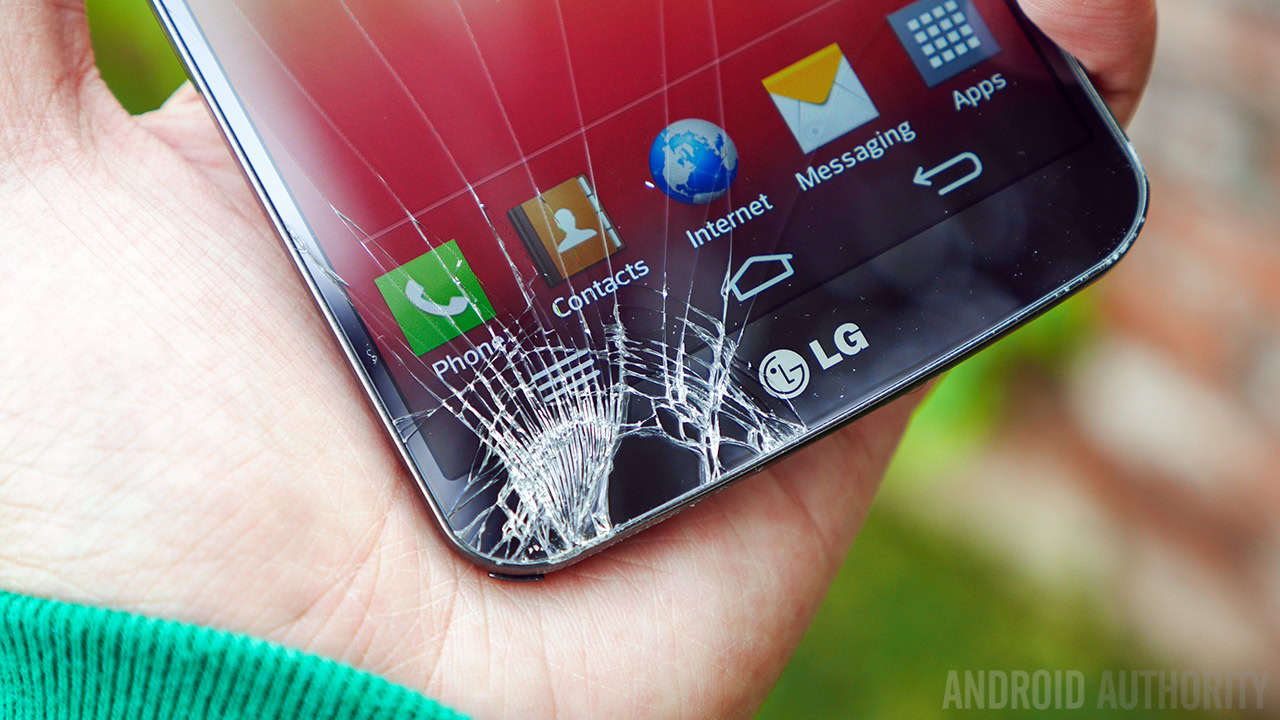Affiliate links on Android Authority may earn us a commission. Learn more.
This is why phones tend to land screen down when we drop them

Buttered toast tends to land butter-side down when you drop it. This piece of wisdom is not just another one of Murphy’s adages. It’s a fact, proven mathematically by Robert Matthews, a physicist and professor at UK’s Aston University.
Now Professor Matthews applied his prodigious physics knowledge to solve another age-old mystery (or, at least, decade-old): why smartphones tend to land screen down when we drop them.
Starting from some basics measurements and some observations about the design of smartphones (many of them are slippery, all of them are primarily held loosely in one hand), Professor Matthews came up with this little formula that approximates the rate at which your phone pivots around your buttery fingers:

Looks like Greek to you? No worries, you’re not alone. The gist of it is that yes, smartphones do typically land face down when they slip from our hands, putting those fragile displays in mortal danger. Damn you, physics!
Now, guess which major OEM sent out a press release highlighting this groundbreaking (or just screen-breaking) discovery? If you said Motorola, you’re right on the money, though it’s not a hard guess, considering that Moto has been making a huge deal out of the “shatterproof” screen of the Moto X Force and its American cousin, the Droid Turbo 2.